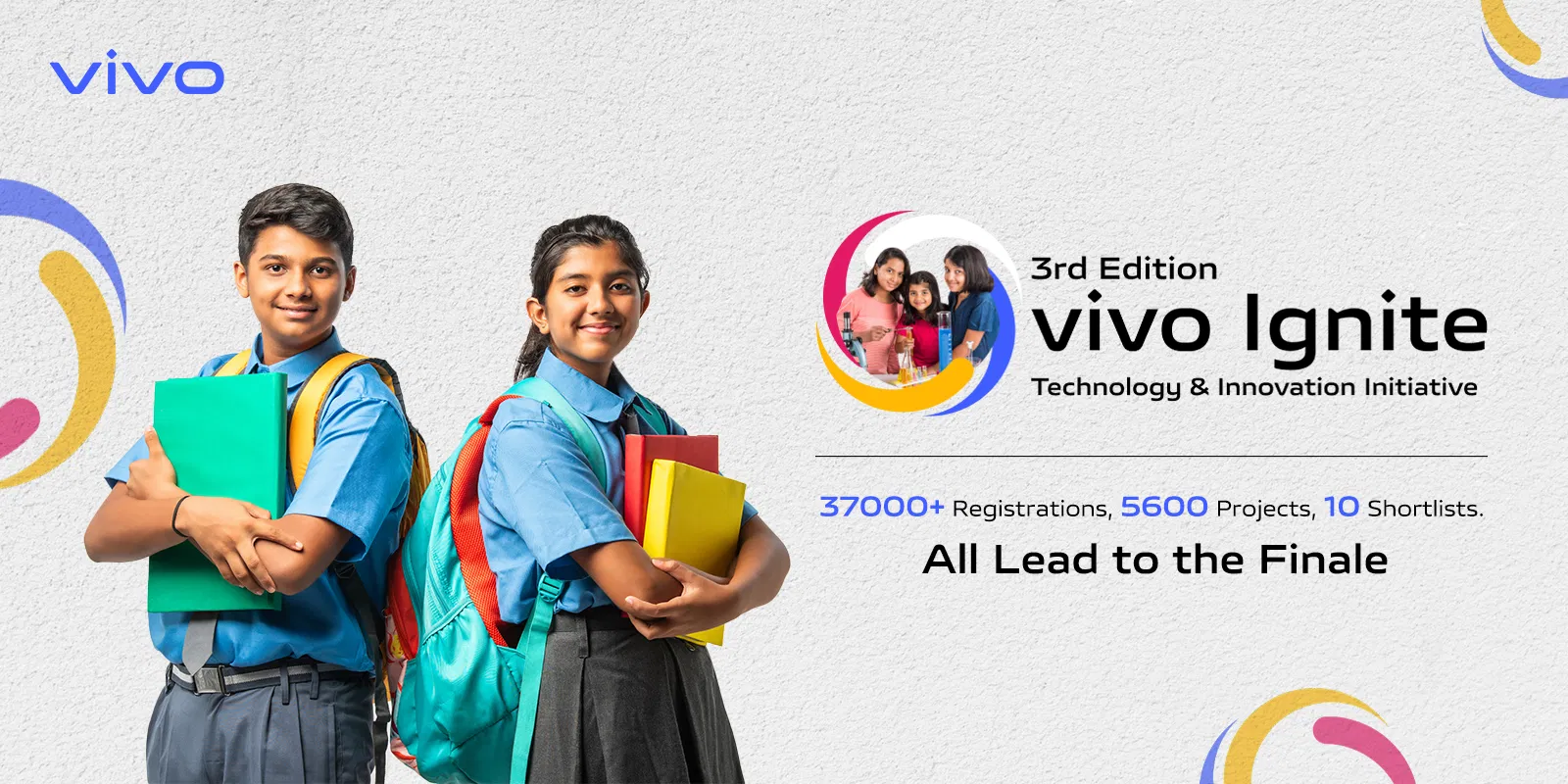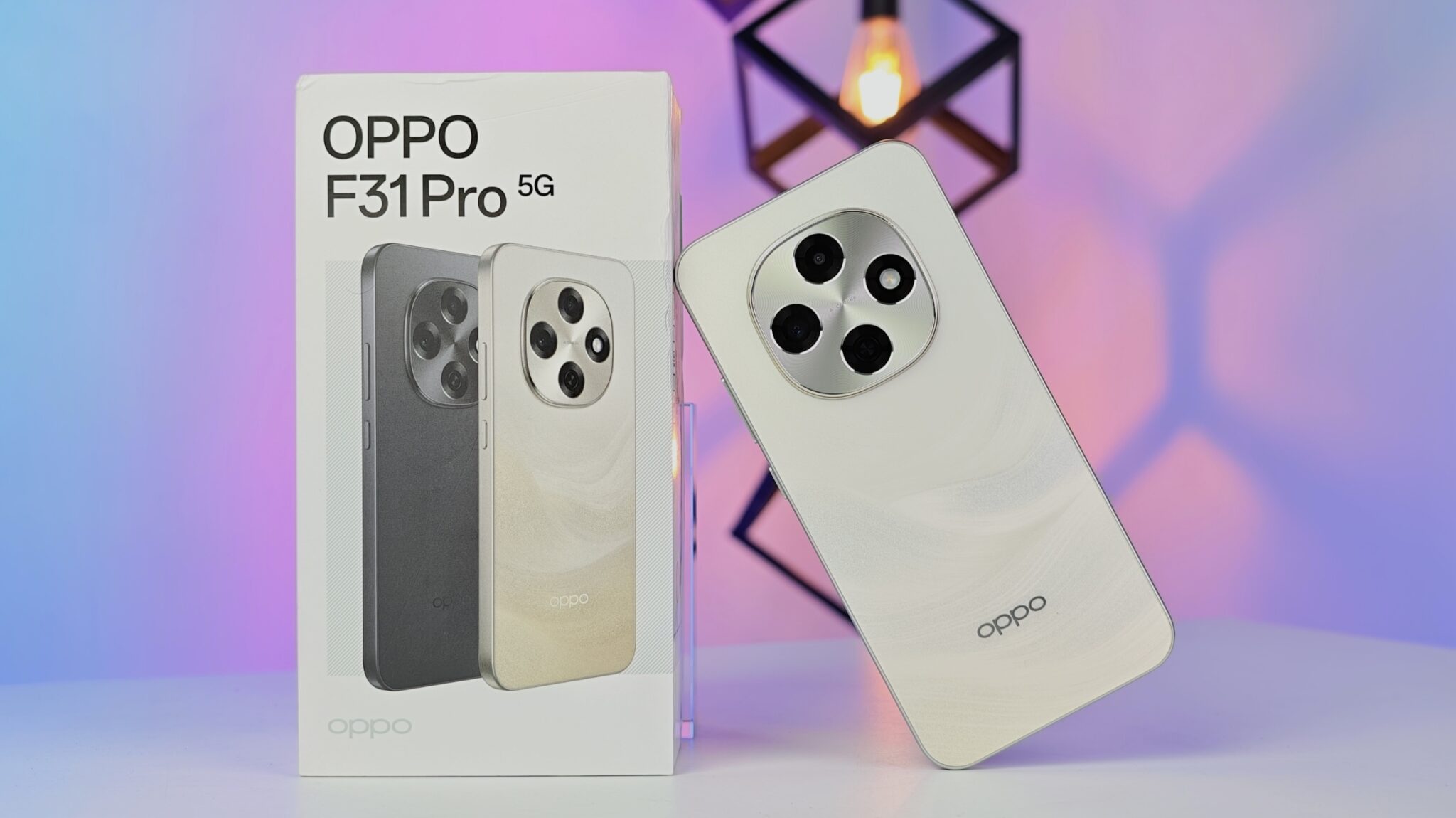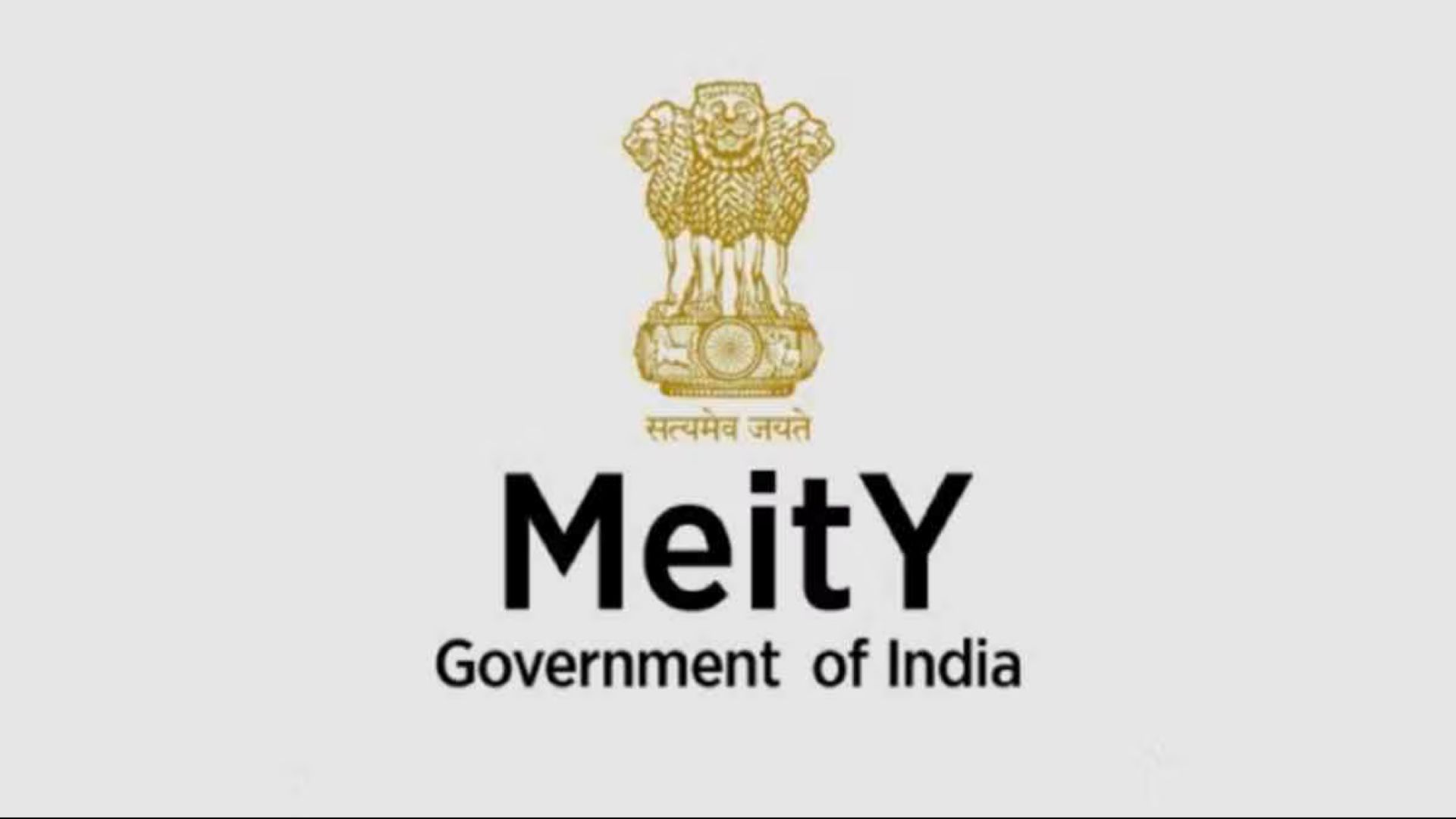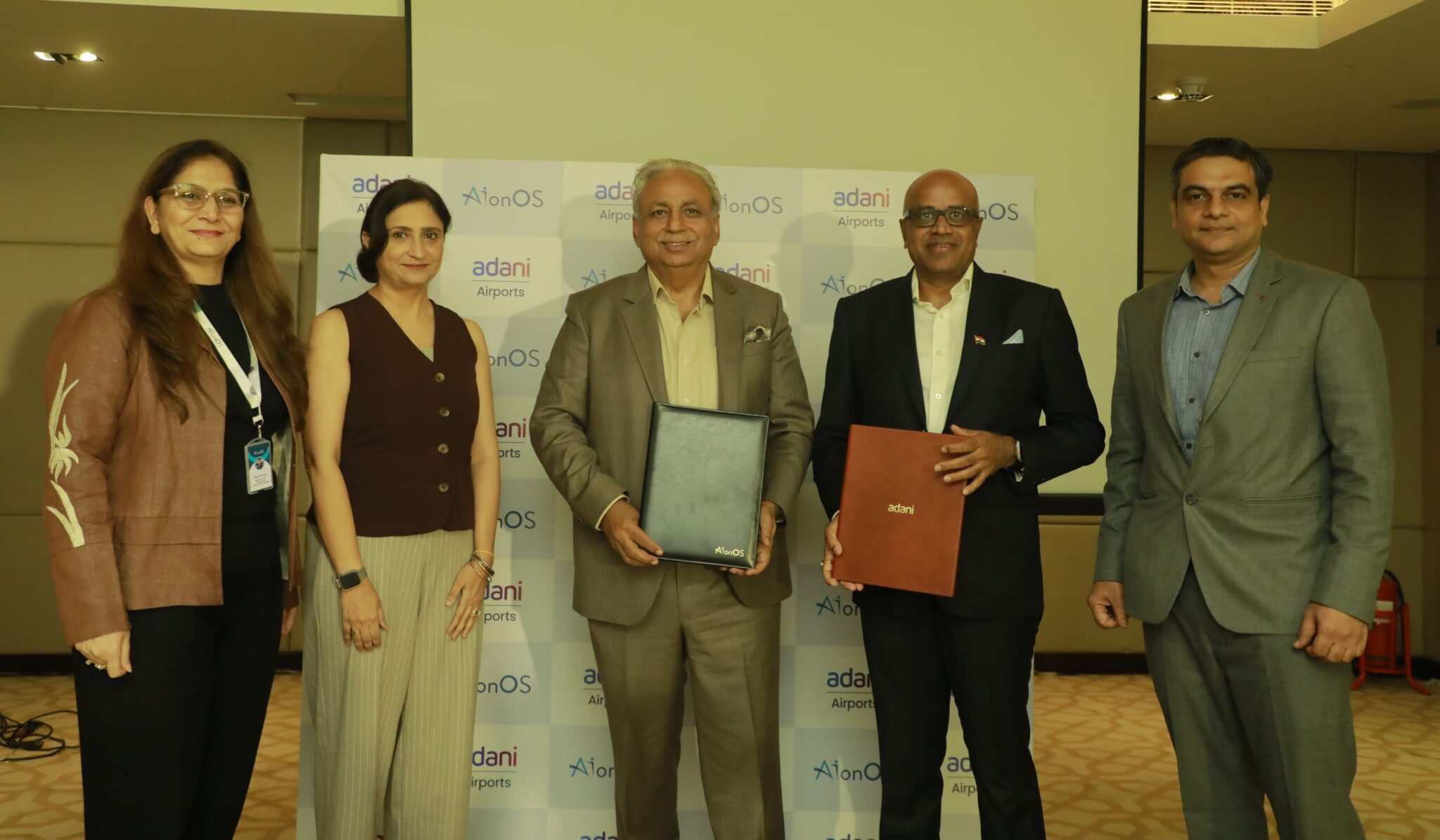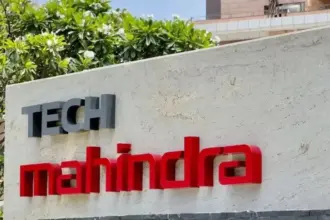The third edition of vivo Ignite: Technology and Innovation has just wrapped up, and once again, it’s made one thing abundantly clear—India’s next generation is teeming with untapped genius. This year’s showcase brought to the fore 19 remarkable young minds, all between Grades 8 and 12, who’ve dared to ask the right questions and use tech to carve out real solutions for real-world problems.
To put it in perspective: the program saw over 37,000 registrations and collected more than 5,600 project ideas, covering a staggering 660+ districts across the country. And from that vast pool of imagination and effort, just 10 ideas rose to the top—carried forward by these 19 driven finalists.
What makes this group even more fascinating is its diversity. The finalists come from every corner of the country—Haryana, Gujarat, Karnataka, Maharashtra, Pondicherry, Odisha, and West Bengal. Their projects aren’t just exercises in creative thinking; they’re rooted in purpose. These students are tackling everything from climate resilience to rural health access, often with startling clarity about the gaps in their communities.
The initiative itself—spearheaded by vivo India, known mostly for its smartphones—goes well beyond brand PR. It’s designed to sharpen students’ analytical and problem-solving skills while offering a structured space to turn raw ideas into something tangible and, ideally, impactful. And the numbers reflect that ambition: more than 9,000 schools participated, making it one of the broadest outreach efforts of its kind.
From an initial shortlist of around 200 concepts, 10 standout projects emerged. And interestingly, the final cohort includes 9 boys and 10 girls—a rare and refreshing balance in tech-focused competitions. Grade 9 students led the charge, contributing 13 of the 19 top entries. That’s followed by Grade 11 (3 students), Grade 8 (2 students), and just one lone voice from Grade 10. Perhaps it’s too early to draw sweeping conclusions, but it hints at just how early creativity can take root when nurtured right.
And these aren’t just theoretical ideas. The projects were developed through a multi-stage process involving rigorous evaluation. Experts judged submissions based on originality, feasibility, impact, and tech depth. That’s followed by an intensive mentorship phase where students get help from professionals in tech, engineering, and social innovation. Workshops on everything from design thinking to presentation skills help refine both the project and the pitch.
The finalists then present their solutions to a panel of judges, who evaluate not only how innovative the ideas are but also how thoughtfully they address societal needs. This is where the real magic happens—when teenage vision meets technical execution and community insight.
Take, for example, the “AI-Guru Box”—an offline voice-based AI system. It’s one of those rare ideas that feels immediately useful, especially for communities with limited internet access. It’s not just a tech solution; it’s a bridge—bringing knowledge to places where connectivity is still a hurdle.
Other projects dive into environmental sustainability, accessible healthcare, and rural development. One gets the sense that these students aren’t just dreaming of a better world—they’re actively designing it.
And perhaps the most striking thing about vivo Ignite is its democratizing reach. The fact that finalists came from small towns and lesser-known districts reminds us that innovation doesn’t live only in metros or elite schools. Talent is everywhere; it just needs the right platform.
Ultimately, vivo Ignite isn’t just about awarding bright students—though recognition certainly plays a role. It’s about planting the seed of confidence. For many participants, this might be the first time their ideas have been seriously considered. For others, it’s the push they needed to pursue STEM more seriously. But for all of them, it’s a reminder that their voice—and their vision—matters.
The third edition may have concluded, but the momentum it’s building is unmistakable. These 19 finalists are more than just winners of a competition—they’re early pioneers of the kind of change India is increasingly looking to its youth to lead.


